Materiality in Architecture - When Substance Becomes Form
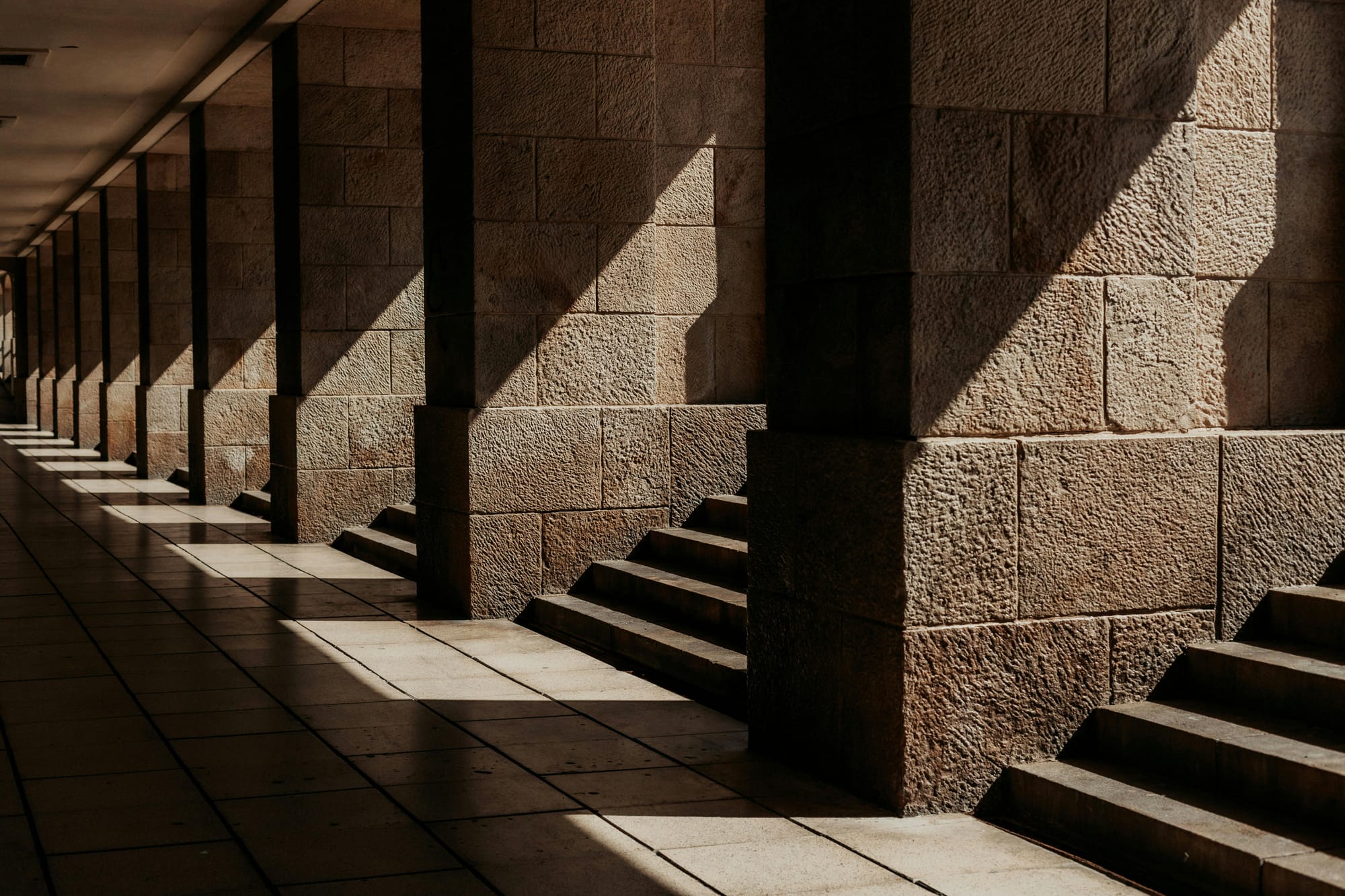
Introduction: The Living Language of Materials
Every great building tells two stories - one through its form, and another through its materials. When we run our hands along a rough stone wall or feel the warmth of wooden floors underfoot, we're engaging in an ancient dialogue between human creativity and earthly matter. Materials are never passive - they speak through their textures, react to light, change with weather, and carry cultural memories. This deep dive into materiality will help you develop what architects call "material intelligence" - the ability to let substances guide your design decisions rather than just conform to them.
1. The Architectural Material Matrix (Expanded)
The Poetry of Physical Properties
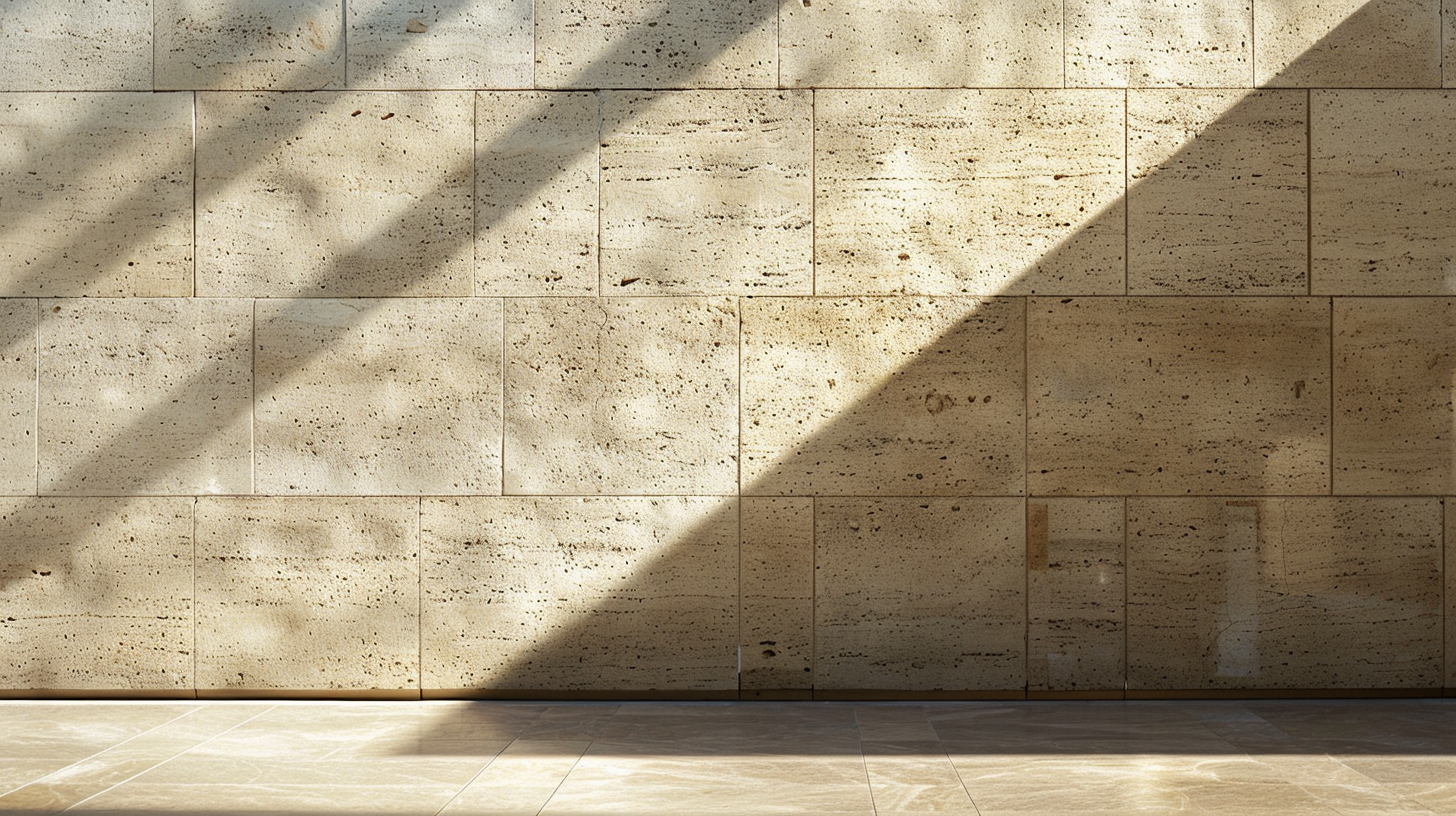
Mass and Weight:
Stone doesn't just support - it proclaims permanence. Consider how Louis Kahn used travertine at the Kimbell Art Museum to create spaces that feel both monumental and intimate. The material's density becomes palpable, making walls feel like natural formations rather than human constructions.
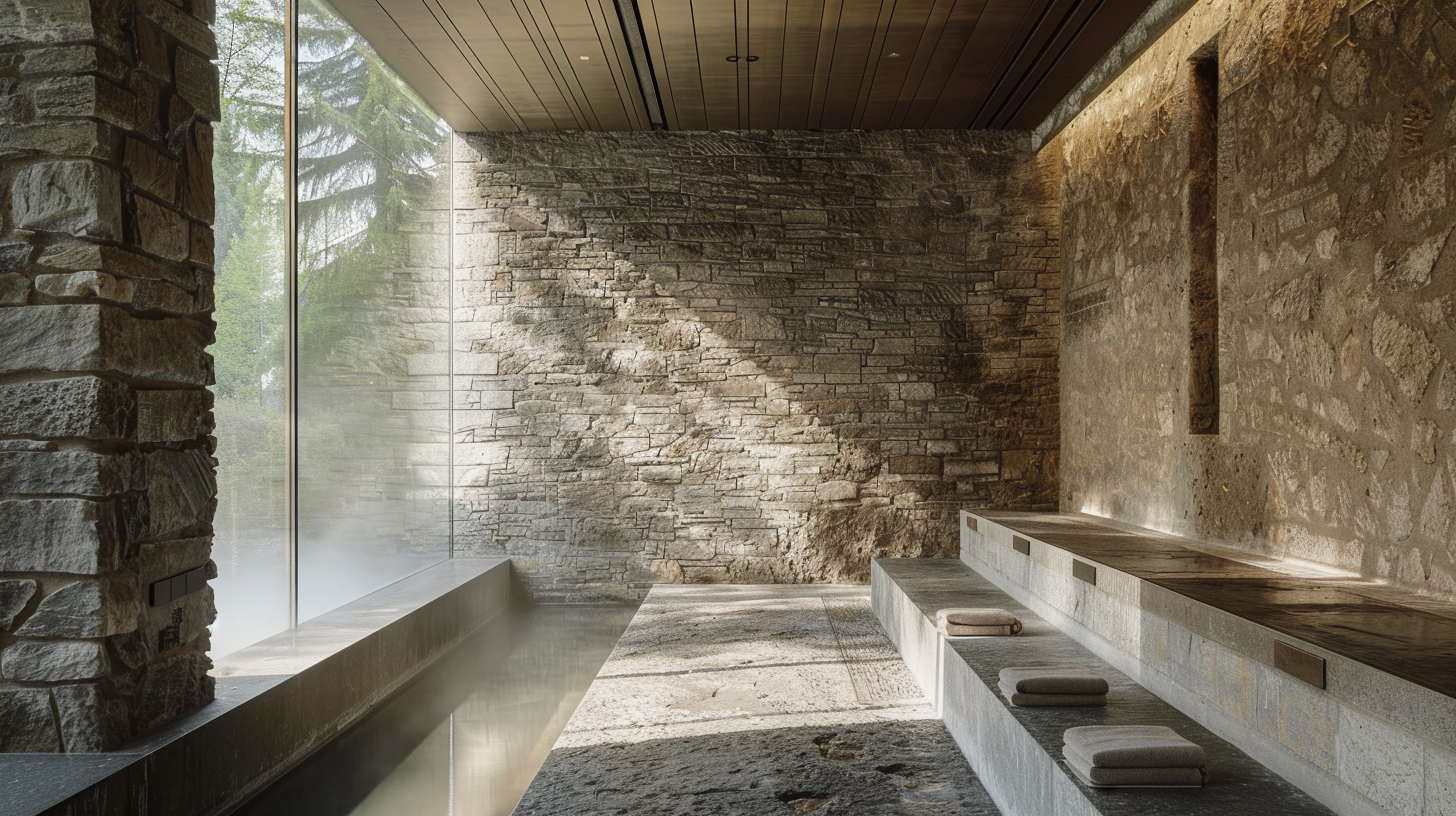
Texture and Touch:
Peter Zumthor's Therme Vals demonstrates how texture orchestrates experience. The rough quartzite walls pull moisture from the air, making steam rooms feel like natural grottos. Meanwhile, polished concrete benches stay miraculously warm to the touch. This is materiality working on all senses simultaneously.

Transparency and Light:
Toyo Ito's Sendai Mediatheque shows how glass can be structural and spiritual. The glass tubes filtering light through seven floors transform from crystalline columns by day to glowing lanterns at night. Material properties change with time and use.
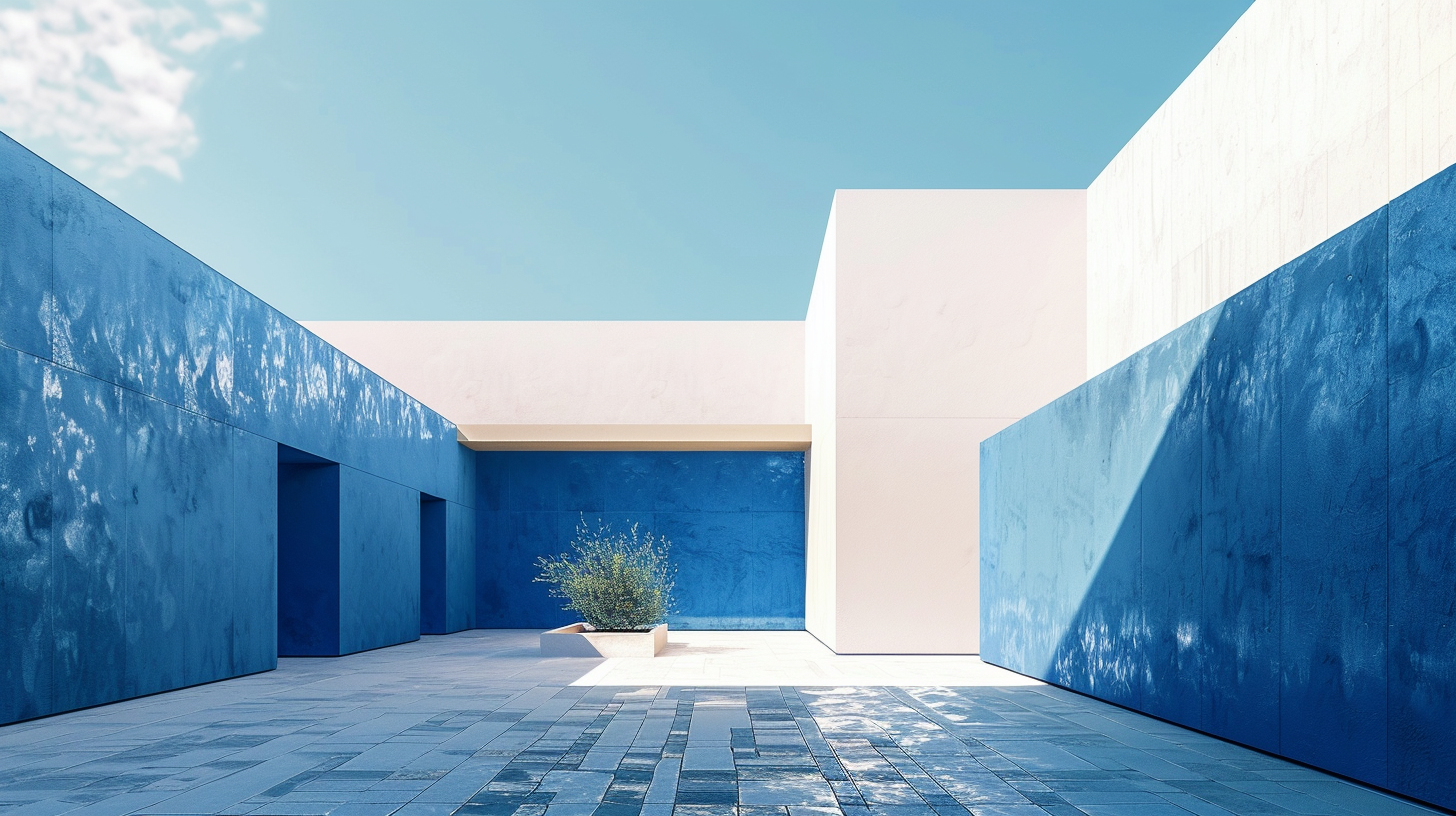
Color and Memory:
Luis Barragán's pink walls aren't just surfaces - they're emotional triggers. That specific Mexican pink carries generations of cultural meaning, proving color is never just decorative but deeply symbolic.
2. Historical Material Milestones (Expanded)

The Stone Revolution
The Pantheon's concrete dome wasn't just technical mastery - it was material alchemy. By mixing volcanic ash with lime, Roman builders created a material that has outlasted empires. The oculus isn't just an opening; it's where material and void perform their eternal dance.
The Iron Epiphany
When Joseph Paxton designed the Crystal Palace (1851), he didn't just use iron - he celebrated it. The prefabricated parts showcased industrial precision, while the glass skin dematerialized mass. This was the first time architecture declared: "Look what new materials can do!"
Concrete's Coming of Age
Le Corbusier's brutalist period wasn't about raw concrete - it was about truth. The béton brut at Unité d'Habitation shows perfect formwork impressions because he understood concrete records every touch, like photographic film capturing light.
3. Cutting-Edge Material Innovations (Expanded)
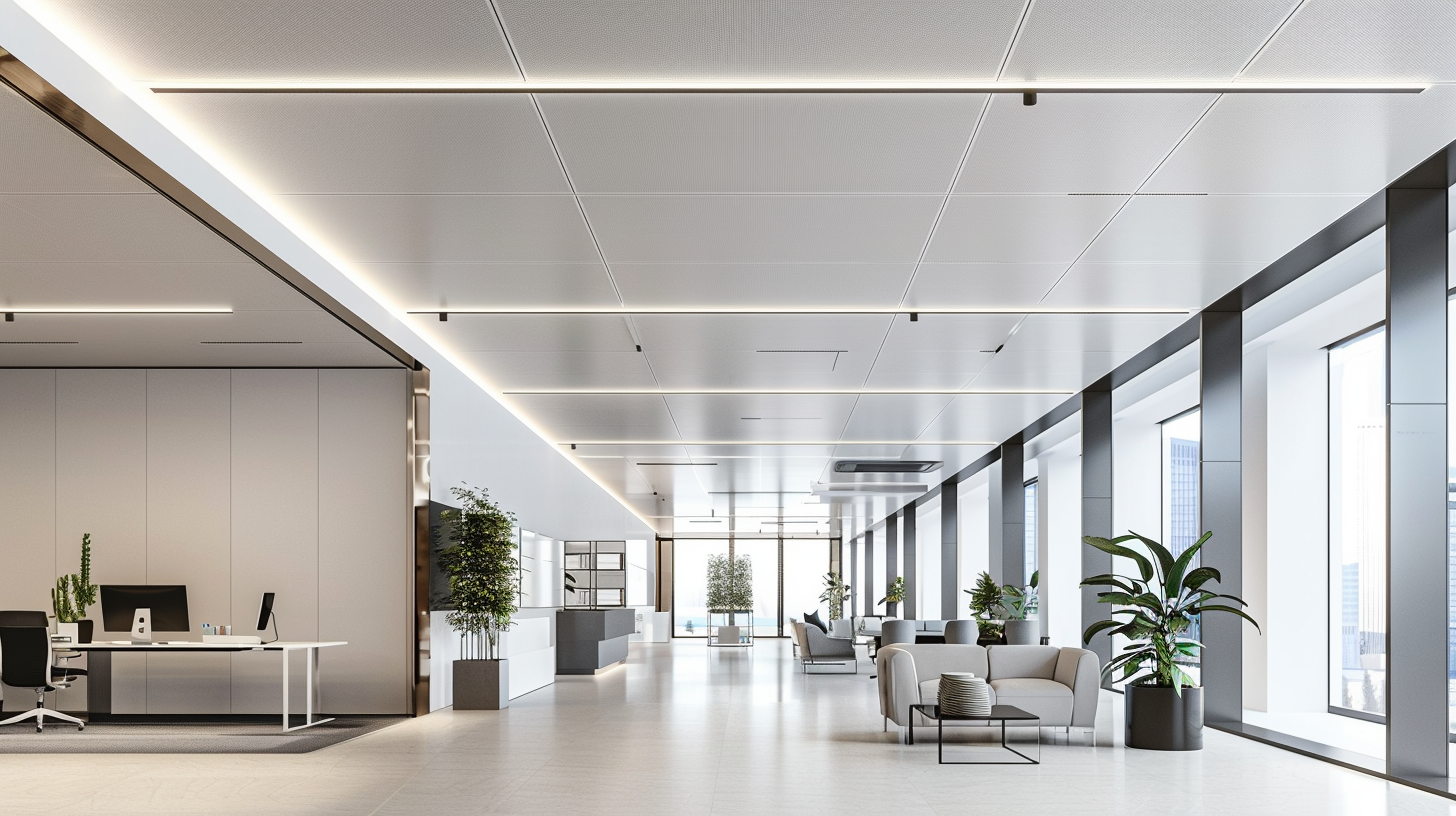
Living Materials
The BIQ House in Hamburg isn't clad with algae panels just for sustainability - the microalgae actively shade interiors while producing biomass. The facade literally breathes and grows, challenging our notions of static architecture.
Phase-Change Wizardry
The Bloomberg London headquarters uses paraffin-filled ceiling panels that melt at 22°C, absorbing excess heat. It's not HVAC - it's architecture that sweats intelligently.
4D Printing
MIT's self-assembling structures hint at a future where materials don't just respond to the environment - they anticipate change. Imagine a roof that tightens its porosity before rain arrives.
4. Material Selection Strategies (Expanded)
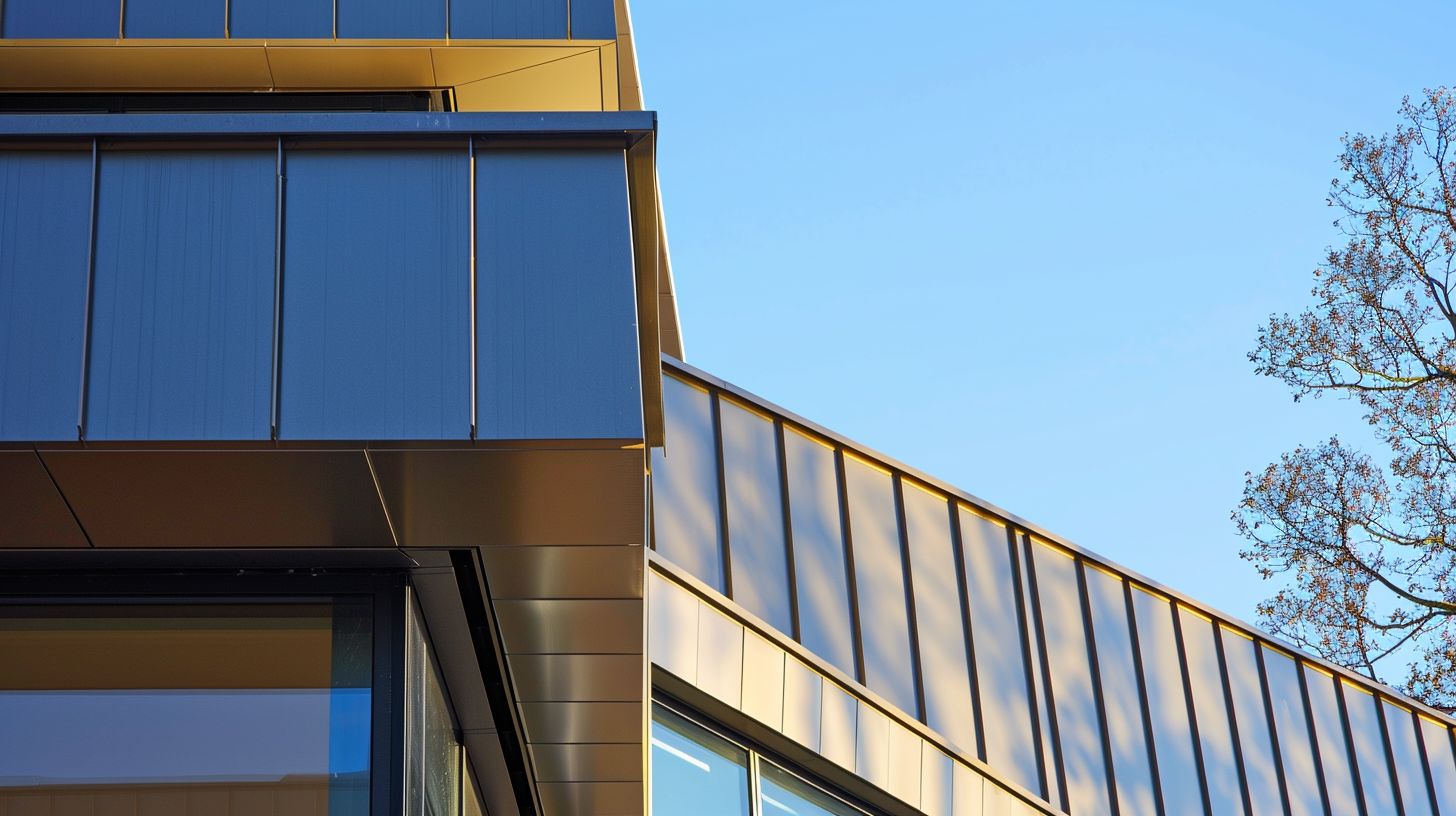
The Art of Specification
When Renzo Piano selected titanium for the Beyeler Foundation, he didn't just pick a metal - he chose a living surface. The alloy's oxide layer shifts from gold to blue depending on the weather, making the roof a sky mirror.
Maintenance as Design Parameter
Zinc cladding wasn't just an aesthetic choice for Frank Gehry's Disney Concert Hall - its self-healing patina means the building improves with age, requiring no cleaning. Smart material choices reduce lifetime costs.
Sensory Layering
At Álvaro Siza's Portuguese pavilion, visitors experience a material journey: cool marble underfoot, warm cork walls at arm's reach, and reflective pools overhead. This multisensory approach makes spaces memorable.

Case Study Expanded: Sagrada Familia's Material Theology
Gaudí didn't select materials - he listened to them. The Montjuïc sandstone columns aren't just supports; their warm hues make the nave feel like a forest at sunset. The stained glass isn't decorative - the south windows use warm tones to compensate for cool Nordic light, while the north windows do the opposite. Even the unfinished parts speak - the contrast between weathered old stone and pristine new blocks shows architecture as a living tradition.
Practical Material Exercise (Enhanced)
Conduct a Material Autopsy:
- Find an old building in your neighborhood
- Document how materials have aged (where stone has eroded, how metal has patinated)
- Sketch how you'd repair it - with matching or contrasting materials
- Consider how your choices will age over 50 years
References & Resources
- Deep-Dive Reading
- Pallasmaa, J. The Eyes of the Skin* (2005) - Material phenomenology
- Holl, S. Pamphlet Architecture 5* (1981) - Experimental material essays
- RIBApix Material Studies: Historical material photographs
- Materials Library** - Physical samples database (materials-library.com)
- Professional Tools
- Mindful Materials - Sustainable product database6.
- Material ConneXion - Innovation consultancy
Conclusion: Materials as Co-Designers
True material mastery comes when we stop forcing our will upon substances and start collaborating with them. Like a sculptor understanding marble's veins or a chef respecting ingredients' seasons, the architect's role is to reveal what materials want to become. The best buildings don't just use materials - they let materials use them.